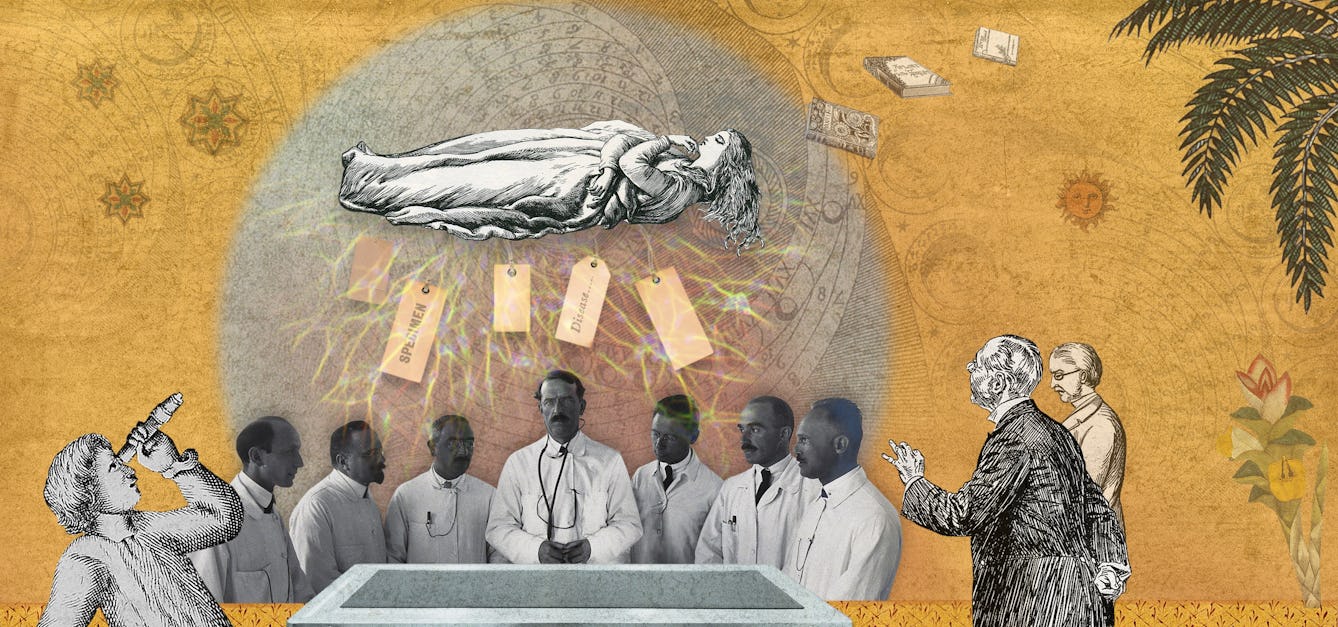Stories

- Article
The epilepsy diagnosis
Epilepsy exists between the mind and body, something that Aparna Nair experienced for herself when she was diagnosed as a teenager.

- Article
Electrical epilepsy and the EEG Test
The EEG (electroencephalograph) literally electrified the diagnosis and treatment of epilepsy. But for Aparna Nair the dreaded EEG tests of her adolescence were a painful ordeal.

- Article
The seizure dog
Aparna Nair's dog Charlie made her feel safe in the world. His uncanny ability to sense when she was about to experience a seizure also gave her an unexpected ally in her struggles with epilepsy.

- Article
The ‘epileptic’ in art and science
From scarred outsiders in literature to the cold voyeurism of medical films and photography, people who experience seizures and epilepsy are rarely shown in a compassionate light in popular culture.
Catalogue

- Books
- Online
Epilepsy : in what class of cases, and under what circumstances, may we reasonably hope for cure in epilepsy? / by William Camps.
Camps, William.Date: 1866- Books
Epilepsy : a behavior medicine approach to assessment and treatment in children a handbook for professionals working with epilepsy / by JoAnne Dahl.
Dahl, JoAnne, 1951-Date: [1992], ©1992- Books
Epilepsy : a family guide / Epilepsy Association of Scotland.
Date: [1990?]- Books
Epilepsy? : supporting you / National Society for Epilepsy.
Date: 2009- Books
Epilepsy? What to do / British Epilepsy Association.
British Epilepsy Association.Date: [between 1950 and 1959?]








![Tanacetum cinerariifolium Sch.Blp. Asteraceae Dalmation chrysanthemum, Pyrethrum, Pellitory, Tansy. Distribution: Balkans. Source of the insecticides called pyrethrins. The Physicians of Myddfai in the 13th century used it for toothache. Gerard called it Pyrethrum officinare, Pellitorie of Spain but mentions no insecticidal use, mostly for 'palsies', agues, epilepsy, headaches, to induce salivation, and applied to the skin, to induce sweating. He advised surgeons to use it to make a cream against the Morbum Neopolitanum [syphilis]. However he also describes Tanacetum or Tansy quite separately.. Quincy (1718) gave the same uses](https://iiif.wellcomecollection.org/image/B0009211/full/282%2C/0/default.jpg)
